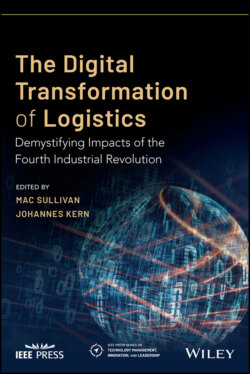Читать книгу The Digital Transformation of Logistics - Группа авторов - Страница 99
Interacting with RPA Training the Bot
ОглавлениеOnce a task has been selected to be automated using RPA, the bot or bots must be trained to know how to do the task. A “bot” or “robot” in the context of RPA is the same as a unique software instance (Lacity and Willcocks 2016). RPA bots are not like AI and ML algorithms, i.e. they do not “learn” through iterations of large datasets in the same way that algorithms do. Instead, the bots must be given specific instructions to complete their task. Creating these instructions in a way that the bot can understand and follow is referred to as training, which is also what the same process is called in the field of AI. It is therefore important to remember that RPA training is not the same as AI training (Willcocks et al. 2015).
Various methods are used to configure a bot and making it carry out the intended process, such as screen recording, mapping out interactions on a GUI with process maps, or writing scripts (Willcocks et al. 2015). If programming instructions into the bot's code are required, technical knowledge is needed and will usually be done by an RPA provider with the necessary experience. On the other hand, recording screen activity and external inputs from a keyboard and mouse and then having the bot copy the actions in a way like recording a macro in Microsoft Excel are much simpler. It can be done by users with no technical coding knowledge, and many RPA providers have created easy tools for recording and replicating actions. The recording software of RPA provider UiPath even replicates your recorded actions into a flowchart that can be edited later using intuitive commands. In conclusion, depending on the skills and knowledge of the user and bot designer, training can be done with or without coding skills.
